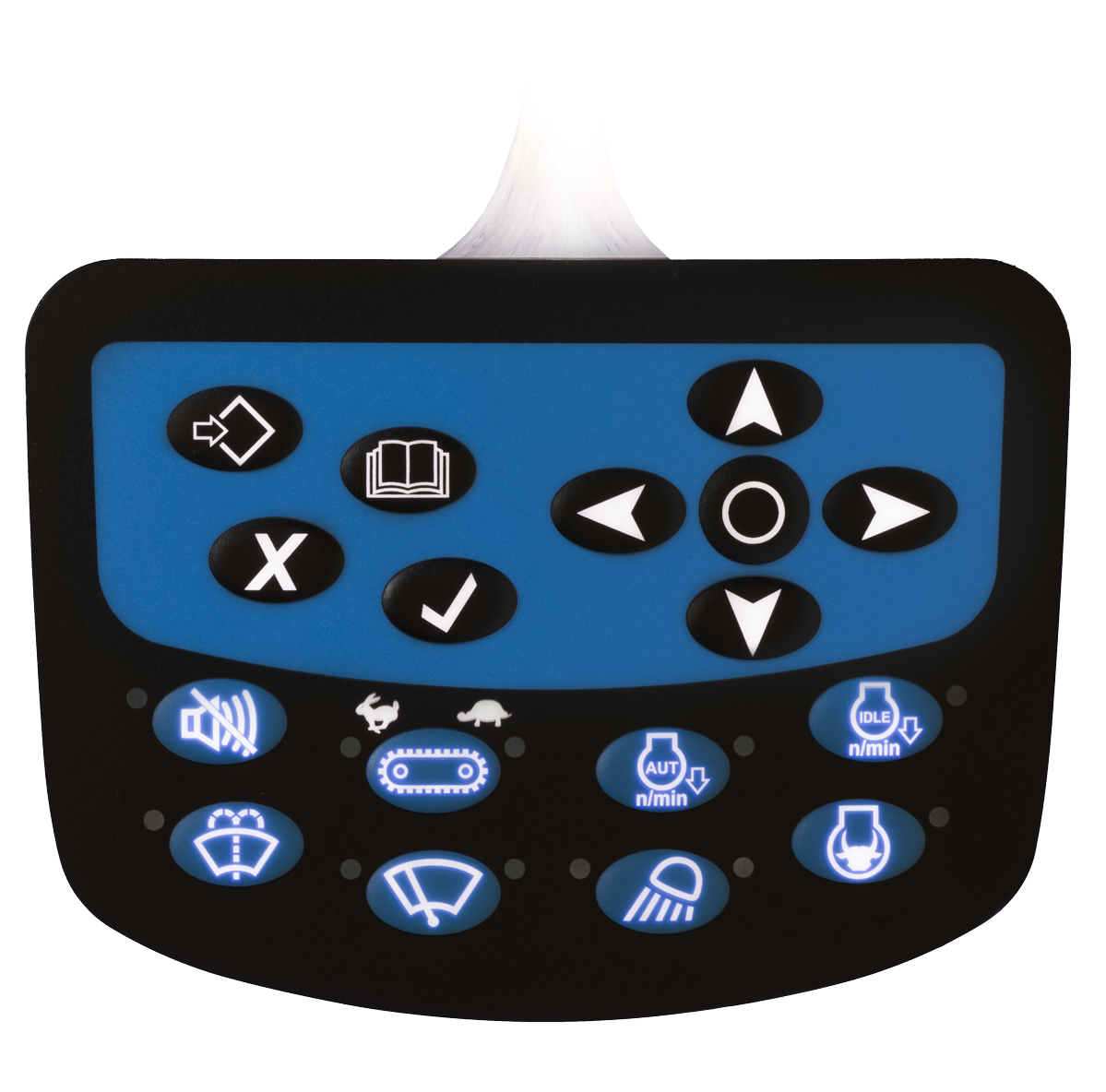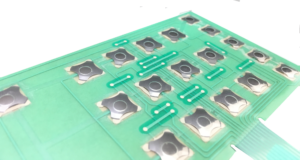Ensuring Quality and Longevity with Membrane Switches in Electronics
Ensuring Quality and Longevity with Membrane Switches in Electronics
Blog Article
Comprehending the Significance of Membrane Switches in Individual Interfaces
Membrane buttons are integral components in the style of reliable interface, helping with not only functionality but also improving visual charm and user interaction. Their unique features, such as resistance to ecological variables and adjustable layouts, make them suitable for a diverse array of applications across several markets. As we discover the various benefits and future fads related to Membrane technology, it comes to be clear that these switches are a lot more than simply components; they represent a merging of innovation and usefulness. The implications of this technology on user experience deserve checking out further.
What Are Membrane Buttons?

The spacer layer, which consists of glue residential or commercial properties, permits for the separation of the circuit layer from the overlay, guaranteeing that the switch remains in a non-activated state till pushed. When pressure is put on the overlay, it compresses the spacer layer, connecting the gap and finishing the circuit in the underlying layer. This style not only decreases the physical area needed for traditional mechanical switches however likewise enhances the sturdiness of the tool, as Membrane switches are typically resistant to dirt, wetness, and various other ecological variables.
Typically located in applications varying from consumer electronic devices to clinical devices, Membrane switches are essential to contemporary innovation, providing a reliable and easy to use interface that aligns with modern design needs.
Benefits of Membrane Switches
While countless switch technologies exist, Membrane Switches offer distinctive advantages that make them specifically preferable in numerous applications. One of the primary advantages of Membrane switches is their small layout, which enables space-saving applications in tools where property is restricted. Their thin account not just improves visual charm however also assists in light-weight construction.
An additional substantial advantage is their resistance to environmental elements. Membrane buttons are generally secured against moisture, dust, and pollutants, making them ideal for use in demanding environments, such as medical devices and industrial equipment. This longevity extends the life expectancy of the switch, lowering maintenance costs and improving dependability.
Moreover, Membrane buttons can be tailored to satisfy specific layout requirements, including unique graphics and colors that enhance individual interaction. Their tactile feedback options can additionally be tailored to provide a gratifying user experience. Additionally, Membrane switches are cost-effective, particularly in high-volume applications, as they can be generated effectively.
Applications in Different Industries

In the consumer electronics market, Membrane buttons prevail in tools such as microwaves, washing devices, and push-button controls. Their tactile feedback and visual choices enhance individual experience while offering a streamlined, contemporary appearance. In addition, automobile suppliers utilize Membrane switches in dashboard controls and infotainment systems, where room is restricted, and customer engagement is crucial.
Moreover, the commercial field leverages Membrane switches in control panels for machinery and equipment, allowing for intuitive operation in typically extreme settings. Their resistance to chemicals and moisture guarantees longevity and dependability in these applications. On the whole, the flexibility of Membrane Switches contributes significantly to their extensive usage, making them indispensable in numerous technological domain names.
Style Considerations for Membrane Switches

When designing Membrane buttons, several key considerations should be considered to ensure optimum capability and user experience. To start with, the choice of materials is important; picking durable, high-grade substratums can enhance the switch's long life and resistance to environmental factors such as moisture and temperature level variations.
Secondly, the layout of the graphic overlay must focus on clearness and simplicity of use. Icons and message must be readable, and the layout should promote intuitive communication (membrane switches). In addition, responsive feedback is important; including a responsive dome or various other devices can enhance the user experience by giving physical confirmation of activation
Another essential aspect is the button's electric performance. Developers should ensure that the conductive traces are properly made to reduce resistance and stay clear of signal disturbance. This entails examining the called for actuation force and making certain compatibility with the electronic parts they will interface with.

Future Fads in Membrane Technology
As modern technology remains to advance, Membrane buttons are poised to advance considerably, driven by developments in materials and manufacturing why not try this out methods. One emerging trend is the consolidation of advanced materials, such as conductive inks and flexible substrates, which boost resilience and minimize the total weight of Membrane switches. These materials not just improve the responsive feedback however additionally permit the why not try this out design of buttons that can hold up against harsher ecological conditions.
Moreover, the integration of touch-sensitive modern technologies is transforming typical Membrane Switches into even more interactive individual interfaces. Capacitive touch sensors embedded within Membrane switch panels can give a much more user-friendly and receptive user experience, straightening with the growing need for smooth, modern layouts in consumer electronic devices.
Furthermore, developments in printing methods, such as digital and 3D printing, allow fast prototyping and customization of Membrane buttons. This versatility permits producers to respond faster to market demands and consumer preferences.
Finally, sustainability is becoming a considerable emphasis, with suppliers checking out green materials and processes. As these fads unfold, the future of Membrane modern technology assures improved performance, aesthetic allure, and environmental responsibility, strengthening their duty in sophisticated interface across numerous sectors.
Conclusion
In conclusion, Membrane Switches stand for a vital element in the design of user interfaces, combining capability with visual flexibility. As improvements in innovation continue, the development of Membrane buttons is anticipated to additional fine-tune individual interfaces, driving advancement and enhancing functionality in an increasingly complex technical landscape.
Membrane buttons are important elements in the layout of reliable individual interfaces, facilitating not only functionality try this website however likewise boosting visual allure and user communication.Membrane Switches offer as an important part in various individual interfaces, assisting in a smooth interaction in between individuals and digital tools.While numerous switch modern technologies exist, Membrane Switches offer unique advantages that make them especially preferable in different applications.Additionally, Membrane switches can be tailored to meet specific layout demands, integrating one-of-a-kind graphics and colors that improve user communication.In conclusion, Membrane Switches represent a vital component in the layout of customer interfaces, incorporating functionality with visual versatility.
Report this page